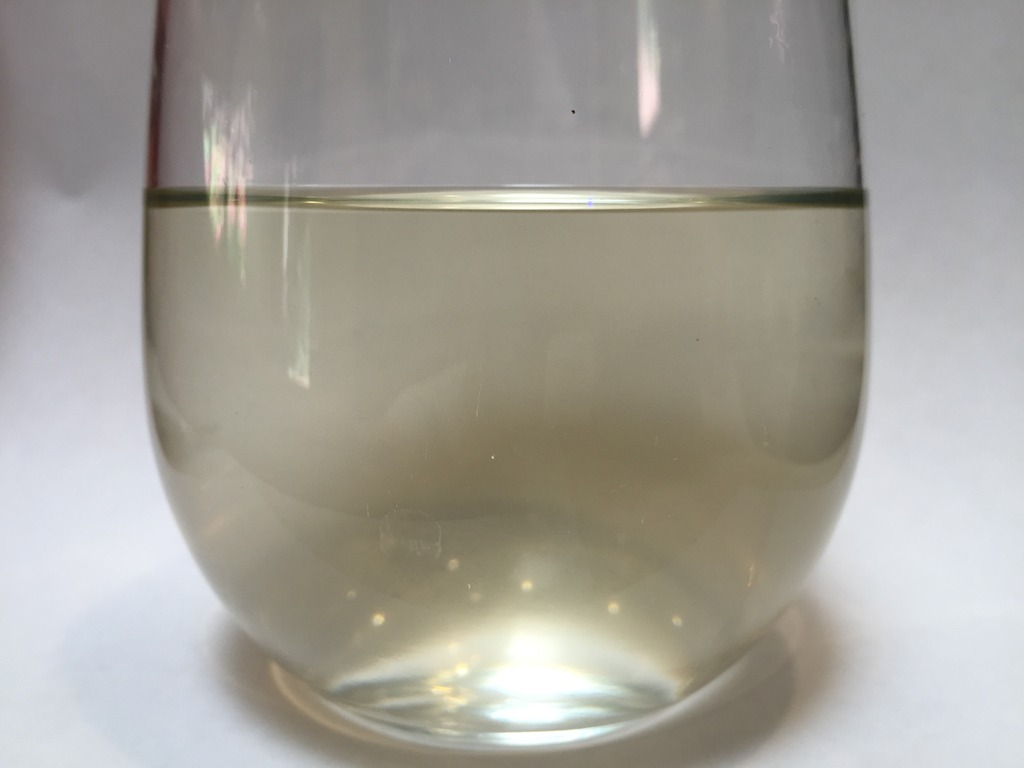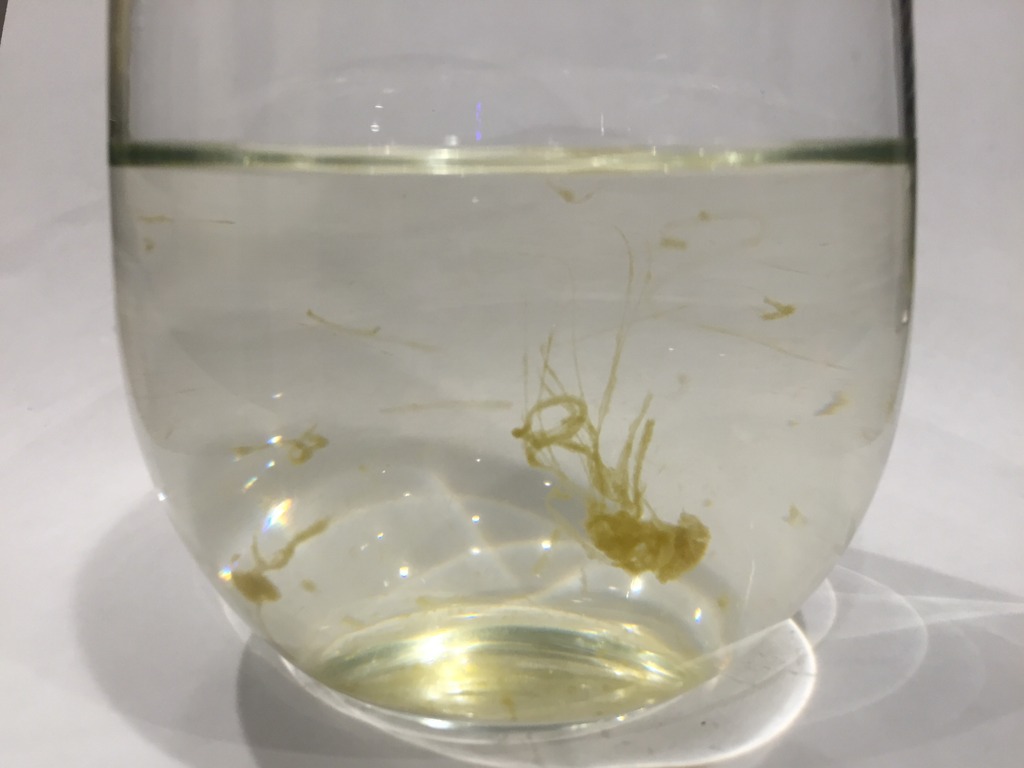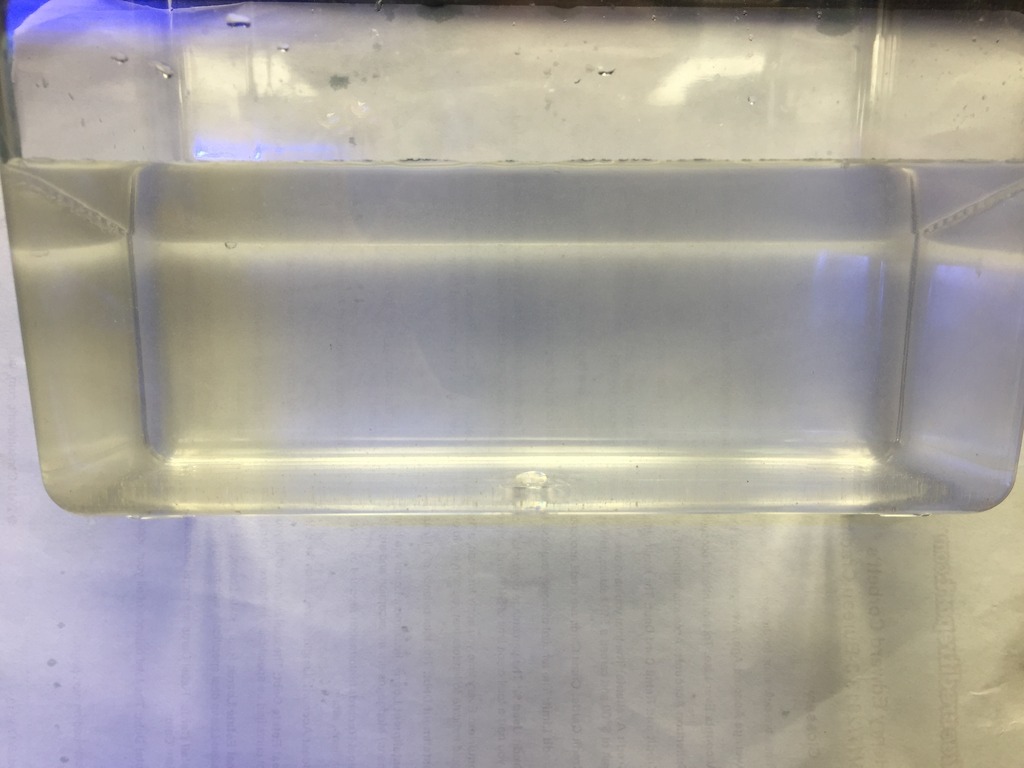There have been dozens (probably hundreds) of posts from people trying to identify dinoflagellates in their aquarium. I have posted this in other threads but figured it might be helpful to start a thread explaining this method.
Dinoflagellates are single-celled organisms that aggregate to form visible colonies on surfaces in our aquariums. They are typically described as a brown slime algae.
Correct identification of dinoflagellates is important since different algal blooms have specific treatments that are most effective depending on which type of bloom you're dealing with. Many posters have suggested that microscopic identification is necessary but this is obviously not reasonable for most of us.
I accidentally stumbled on this phenomenon many years ago while siphoning dinos from my tank through a filter sock into a bucket. The water was essentially clear in the bucket but after sitting in the bucket outside I noticed brown slime algae "growing" in the bucket. After stirring the bucket water vigorously the algae disappeared completely only to reappear a little while later.
To identify dinoflagellates you'll need to siphon some algae into a container preferably with a lid or cap. After filling up the container shake the water up vigorously to break up the algae. Then filter the water through a paper towel or filter sock, the water should be rather clear. Leave the water exposed to ambient light in this container for 30-120 minutes. In my experience dinoflagellate algae will be the only type that aggregates back together quickly in the container.
Here's the sample water after filtering through a paper towel

And here's the same water after about an hour of sitting in ambient room light

Dinoflagellates are single-celled organisms that aggregate to form visible colonies on surfaces in our aquariums. They are typically described as a brown slime algae.
Correct identification of dinoflagellates is important since different algal blooms have specific treatments that are most effective depending on which type of bloom you're dealing with. Many posters have suggested that microscopic identification is necessary but this is obviously not reasonable for most of us.
I accidentally stumbled on this phenomenon many years ago while siphoning dinos from my tank through a filter sock into a bucket. The water was essentially clear in the bucket but after sitting in the bucket outside I noticed brown slime algae "growing" in the bucket. After stirring the bucket water vigorously the algae disappeared completely only to reappear a little while later.
To identify dinoflagellates you'll need to siphon some algae into a container preferably with a lid or cap. After filling up the container shake the water up vigorously to break up the algae. Then filter the water through a paper towel or filter sock, the water should be rather clear. Leave the water exposed to ambient light in this container for 30-120 minutes. In my experience dinoflagellate algae will be the only type that aggregates back together quickly in the container.
Here's the sample water after filtering through a paper towel

And here's the same water after about an hour of sitting in ambient room light





















